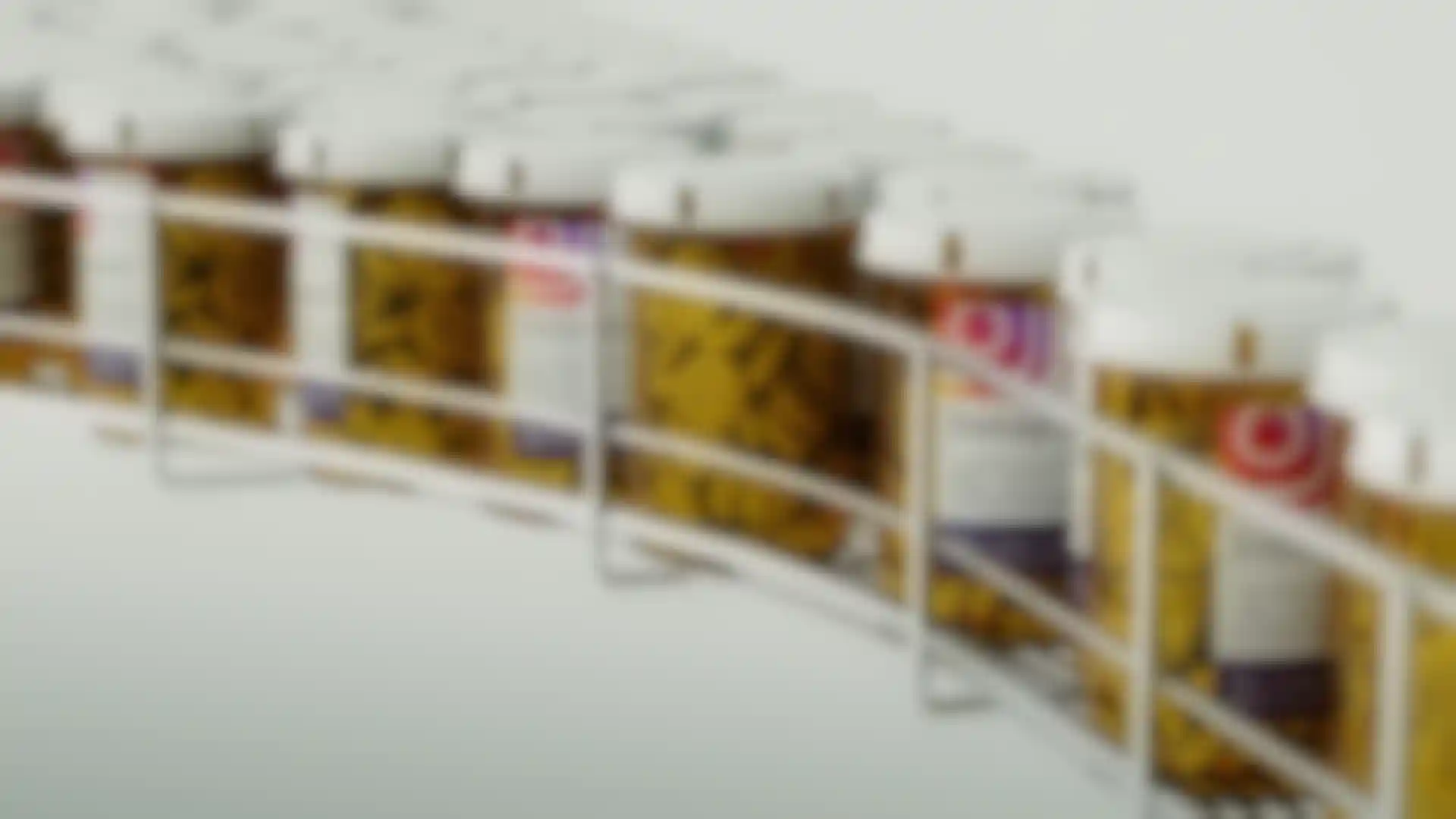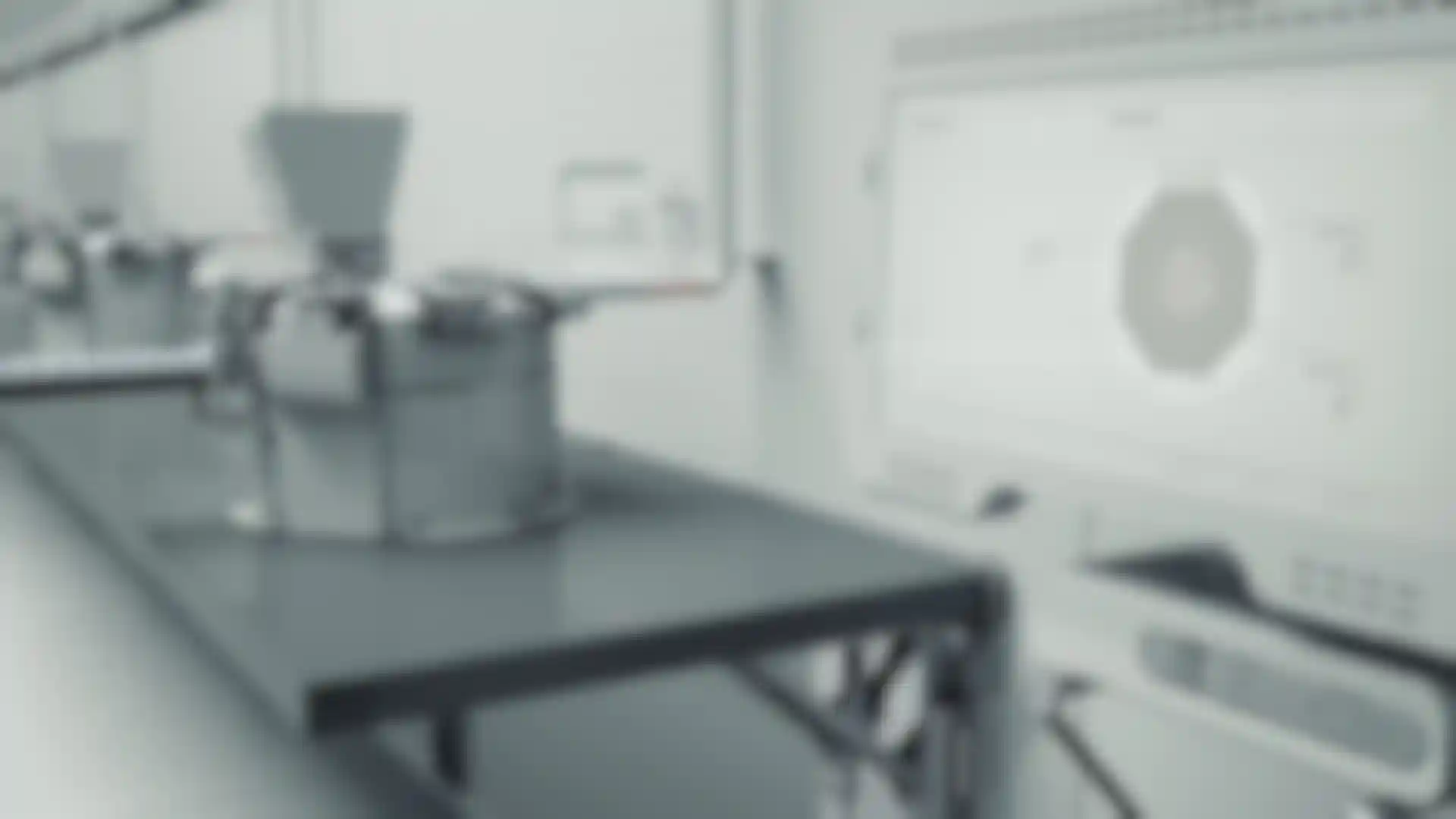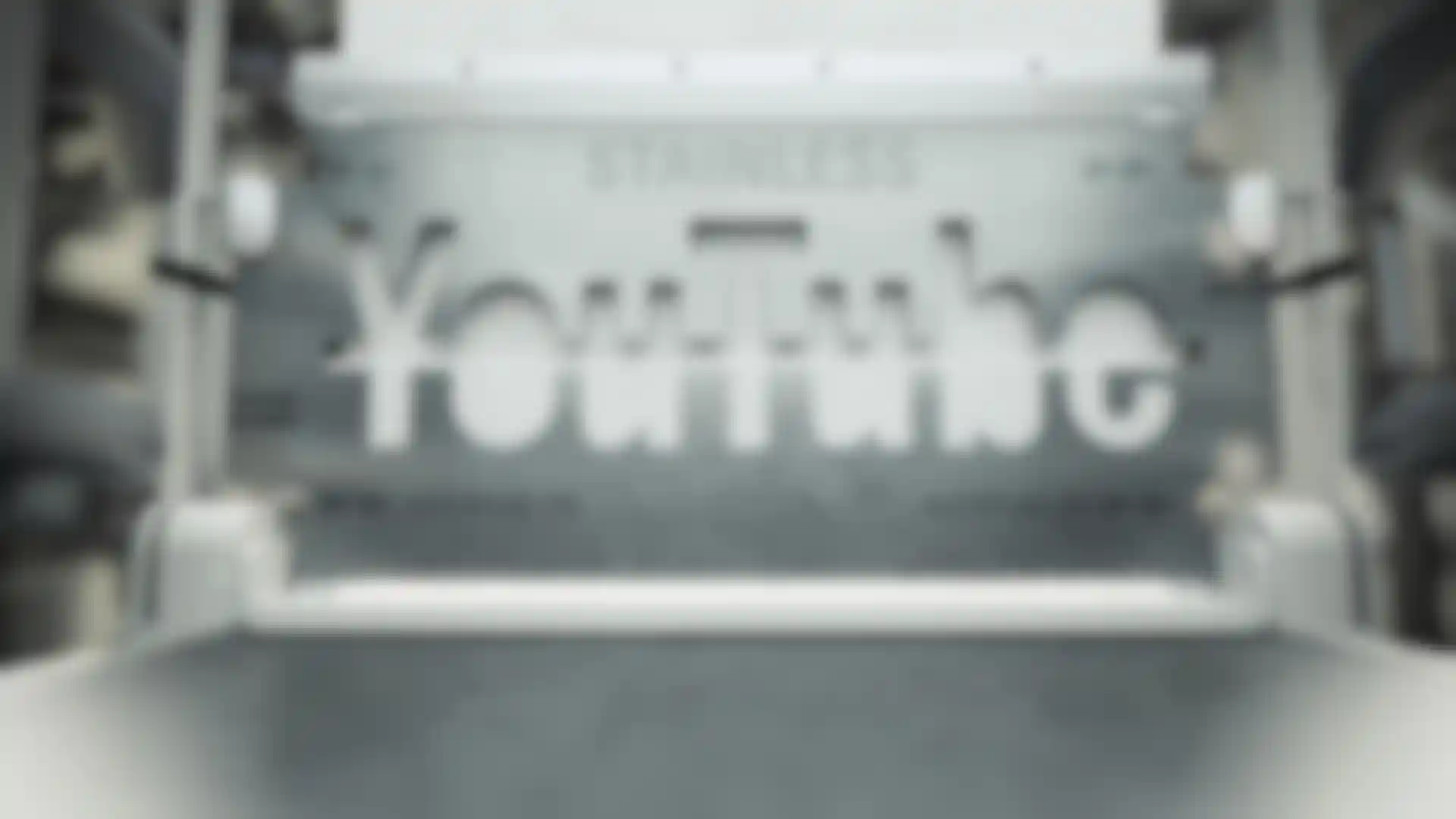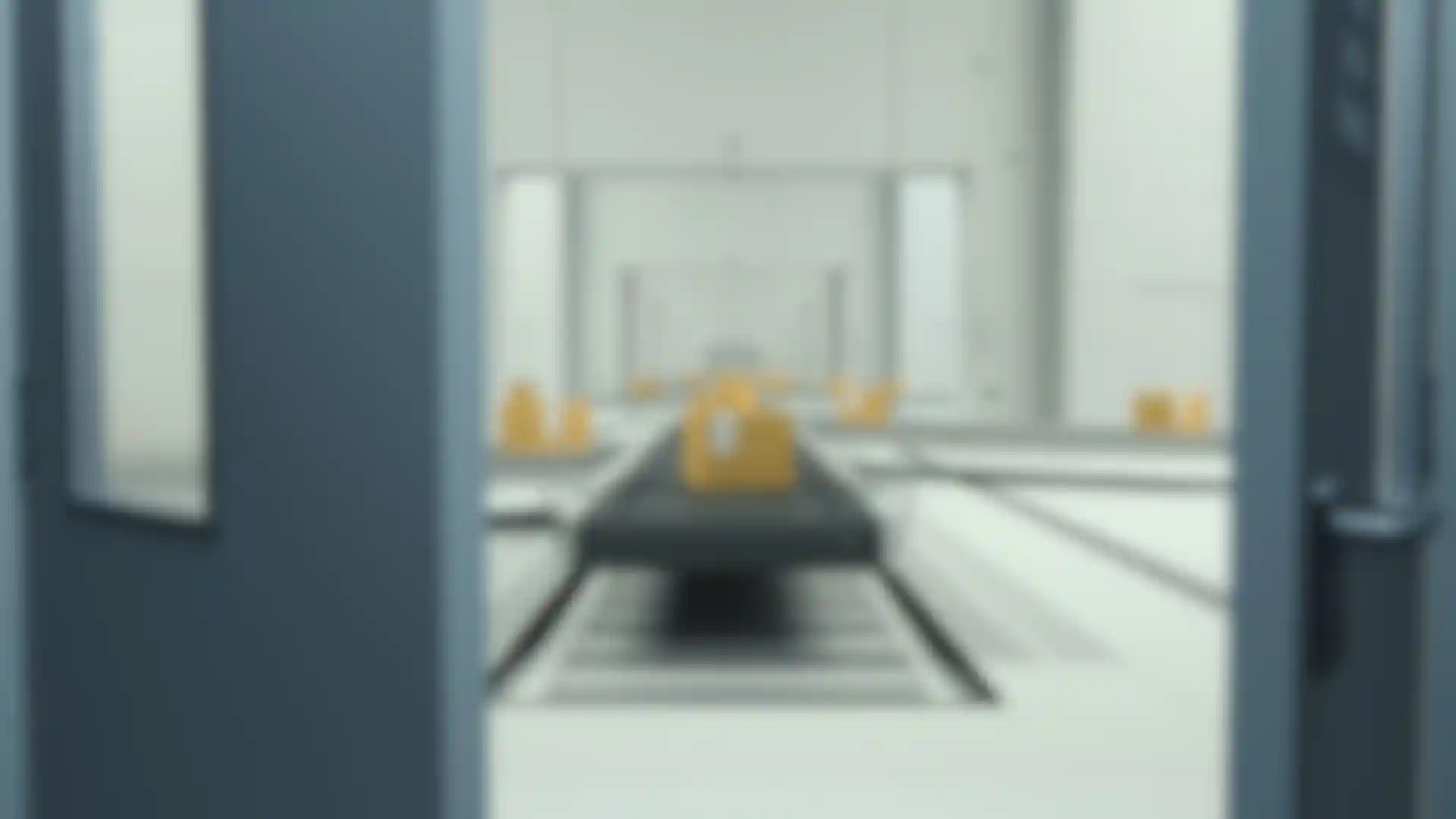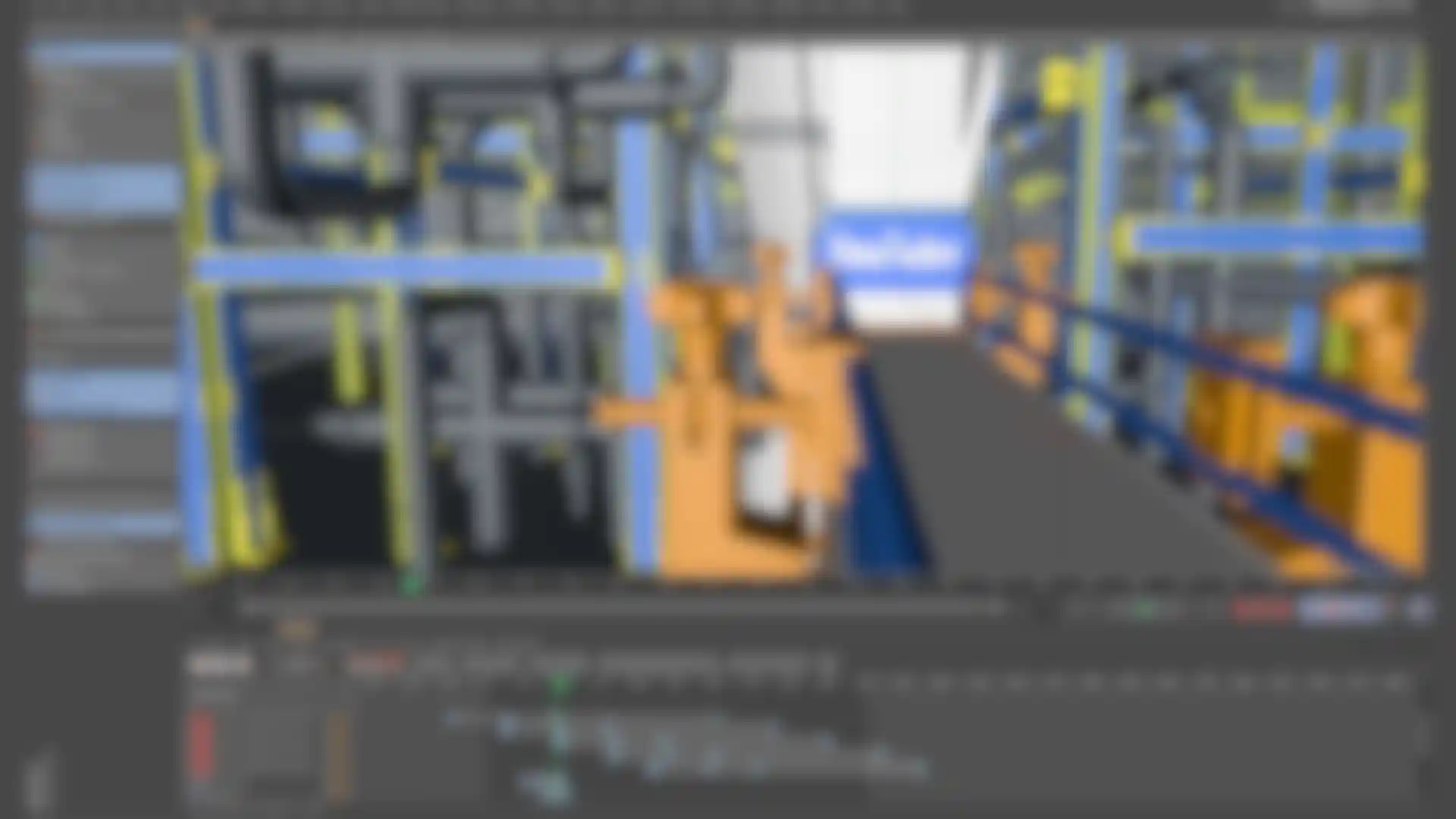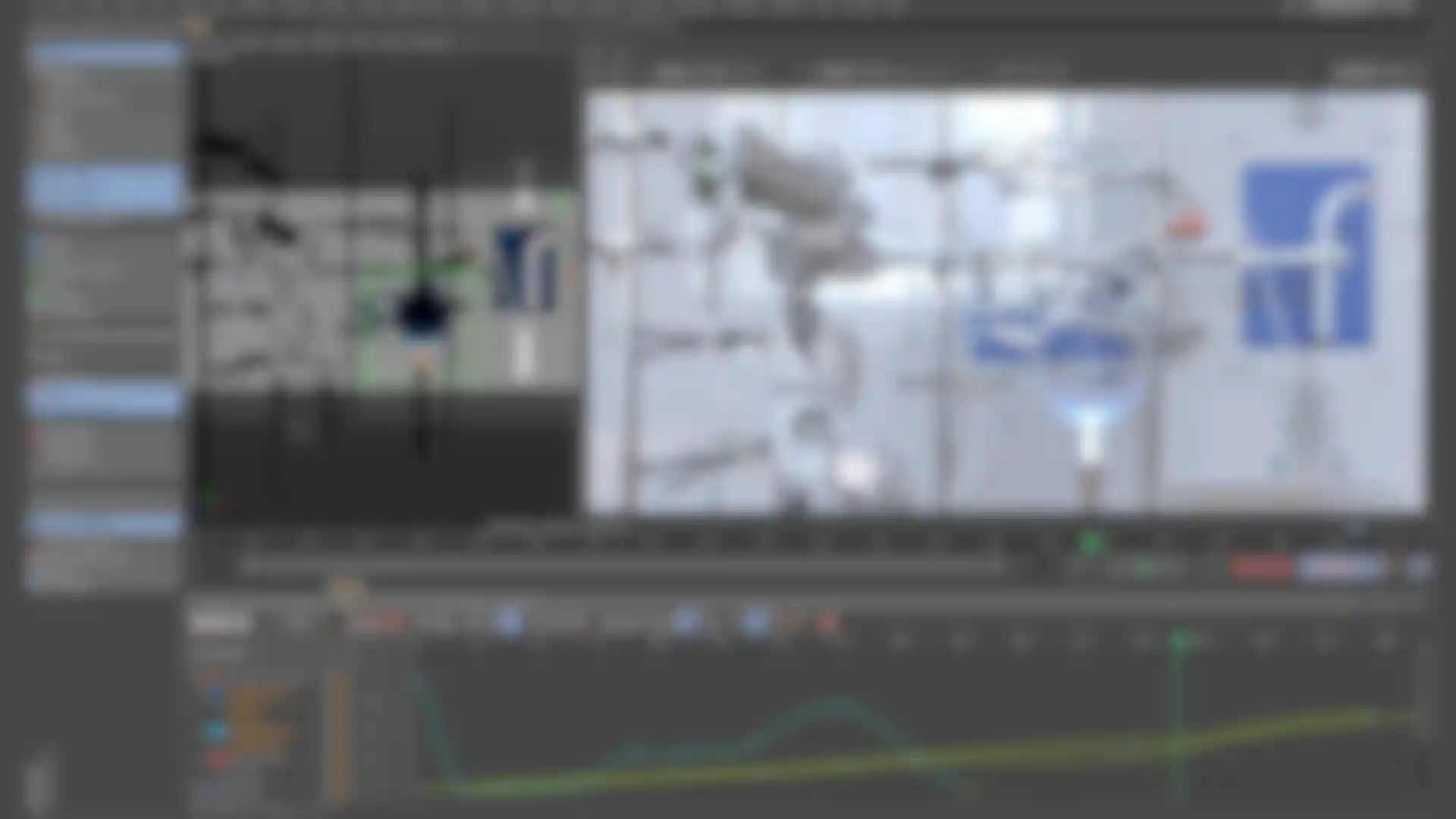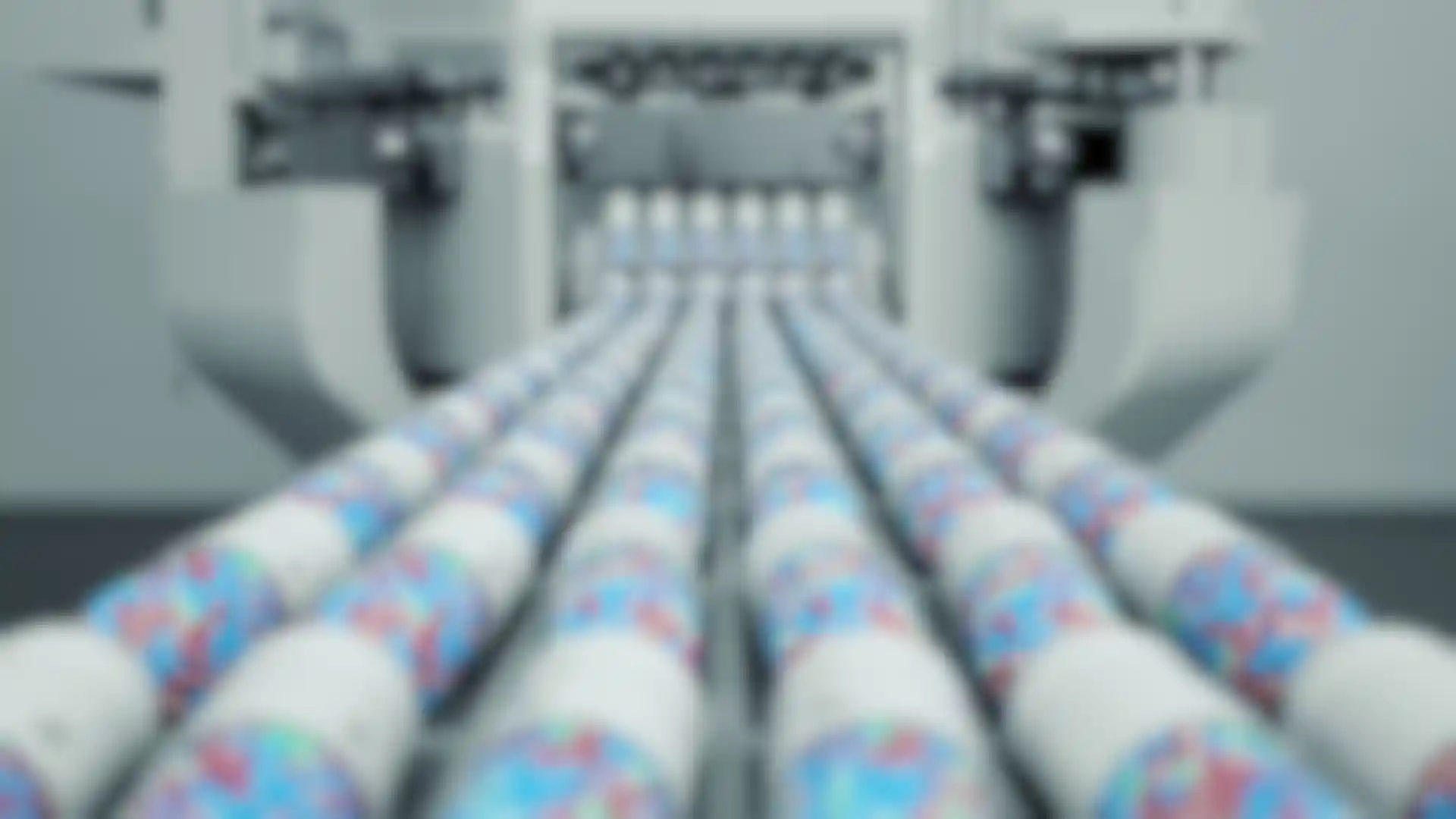
Addicted to Social Media? This short film about the impact of social media relied on Cinema 4D's valuable ability to harness and exploit assets from a variety of sources.
Brighton-based motion graphics designer Chris Cousins became interested in the effects the scale of social media was having on society, and he decided to embark on a personal project to examine this. “I was exploring the idea of social media as packaged, industrial pharmaceutical products, created to respond to our weaknesses and insecurities,” he says. “The current situation seems similar to a bunch of experimental drugs, straight out of the lab, without any testing or idea of the consequences.”
This notion led to the creation of Side Effects, a striking short film featuring an austere pharmaceutical-style factory churning out social media tools neatly packaged for delivery to the global audience.
One of the starting points for the project was the lighting, which needed to produce the airy, white-on-white clinical feel that Chris was after. “The lighting is one setup that I repeated in each scene except the final one,” he explains. “A simple dome light with a couple of subtle area lights for highlights. No G.I. was needed; the dome did all the work.”
Chris describes how he used a non-visible dome light for diffuse shading and highlights, and another purely for the environment, without any light contribution, which gave the metallic components something to reflect. He then just dialled up the camera exposure to get the exact balance he required.
A key element of the production was the choice of Redshift, a biased GPU-accelerated renderer, for final output. The longest render times were reserved for the final warehouse sequence, due to the more complicated lighting, but even these were never more than three or four minutes per frame. “The renderer was never a bottleneck; it was always scene-building that slowed me down.”
Chris notes that although the project wasn’t technically complicated, it needed to emulate real-world manufacturing techniques for the comparison to be effective. “One challenge was rigging the machinery and creating believable mechanical motion that could still be ‘read’ by the viewer. There was also a tricky section involving boiling fluid, and directing the flow of vapour through tubing.”
These elements were created using SideFX Houdini and Jawset’s TurbulenceFD plugin. “The volume tools in Houdini were used for the bubbling fluid,” he says. “They enable you to create complex arrangements of intersecting, dynamic forms but in a way that lets you easily smooth and tweak the result, and produce clean geometry that renders consistently.”
Chris found the workflow from Houdini to Cinema reasonably painless, using the Alembic format to transfer assets. “I export one frame midway through the sequence to check that the geometry and attributes all transfer, and then just export the whole sequence. As well as geometry this supports velocity data and any arbitrary attributes like density or position within a volume, all of which can be sampled with Redshift data nodes.”
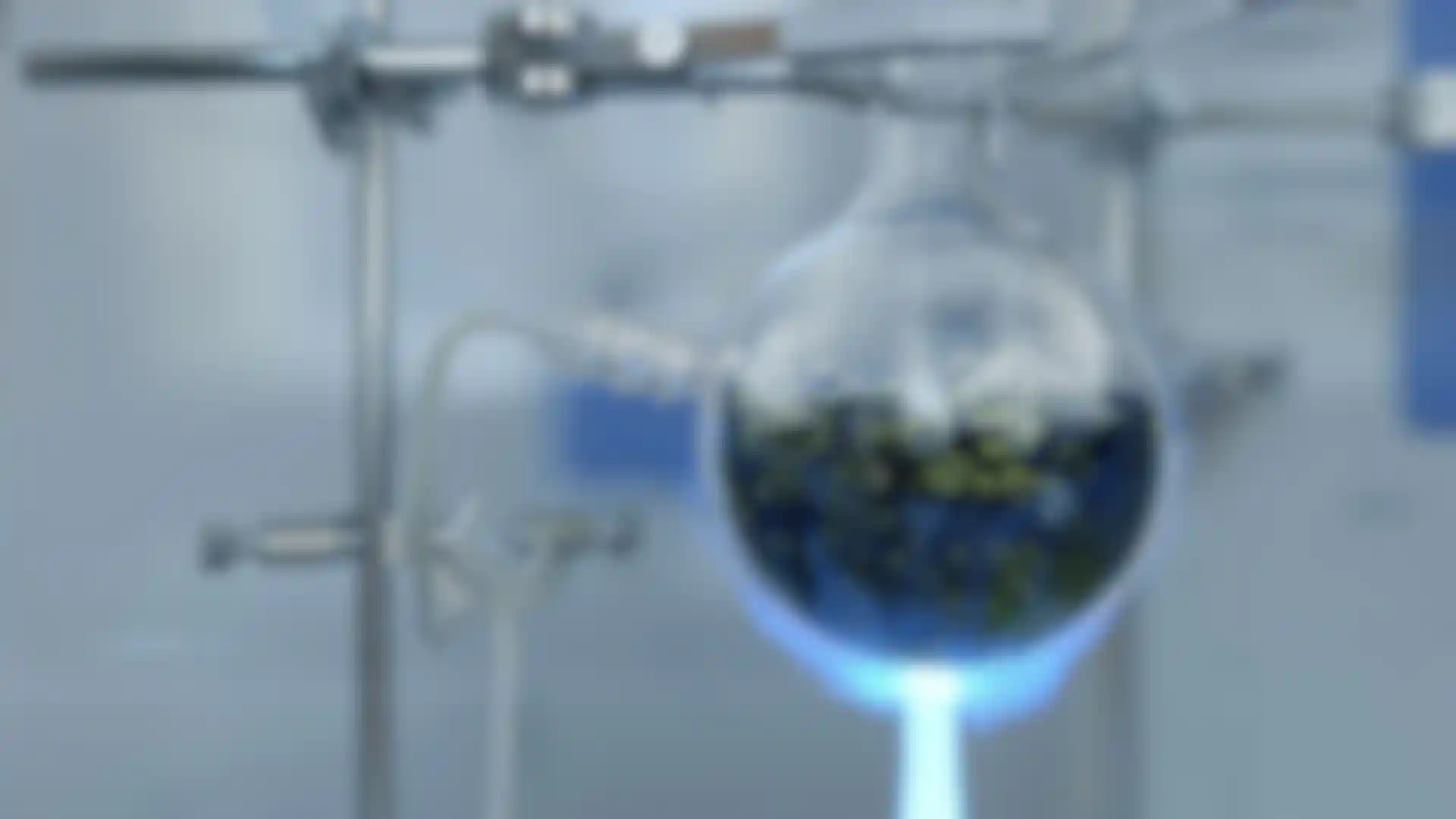
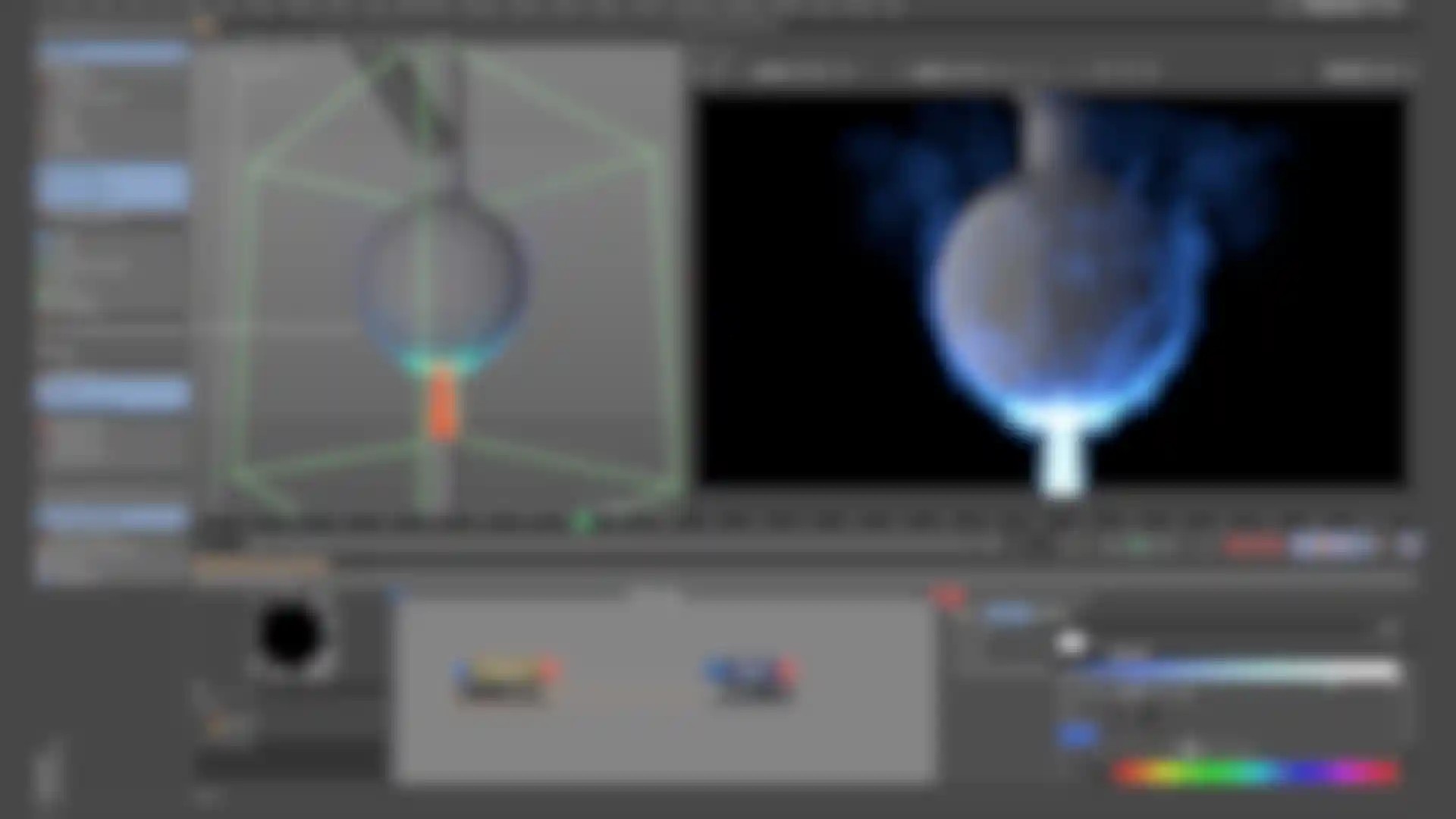
For the glowing Bunsen burner flame and resulting columns of steam, Chris turned to TurbulenceFD, the GPU-accelerated fluid dynamics plugin. The blue flame was a very small TFD simulation, using a simple, high-output heat source emitting under a collider sphere to create the right shape. The steam effect was driven by carefully placed fans and low-pressure regions, and any leaks were masked out of the render by a glass material matte. “The steam in the glass tube is TFD smoke pushed into the pipe shape,” adds Chris. “It’s all in the simulation; it needed a much thicker-walled tube to constrain the smoke, but the movement is natural, not manipulated in post.”
For the precise mechanical movement, Chris used Cinema 4D’s constraints to orient and position elements. “They’re simple to setup, solid and intuitive to read,” he says. “I’d suggest Maxon move constraints out of the ‘Character’ menu – they have so many uses outside of character work.”
Alongside the repetitive, staccato movement of the machinery, the film also uses a lot of natural motion, which was achieved using MoGraph dynamics. “I make a simple version of each setup – cylinders falling into a tube, balls into a pile etc. – and then bake the result out as PLA (point-level animation) data. That way I can easily control the speed and timing of dynamic motion, and also do tricks like ‘rewinding’ movement to have repeated versions. So where pills fall into the bottles, this is repeated for each bottle – the pills themselves fall again and again.”
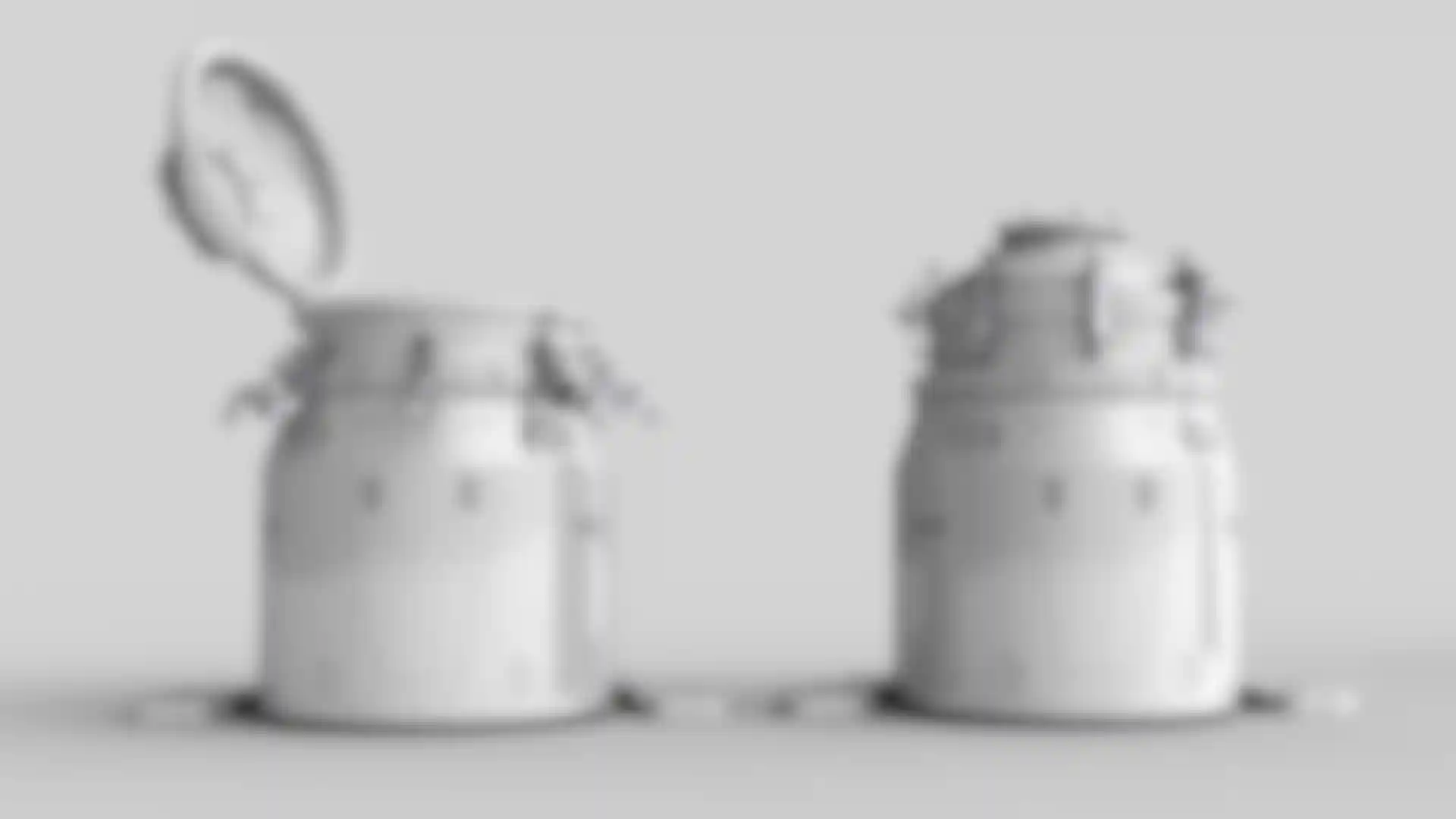

As well as Houdini and TurbulenceFD, Chris also did some modelling in Autodesk Fusion360 to create machine components, and used X-Particles for the powder that gets sliced off the white blocks. “The strength of Cinema 4D in this project was its underrated ability to act as a solid ‘hub’ application, holding mesh data from multiple apps, integrating particle and fluid effects, materials from Substance resources, animated meshes and Redshift proxy objects without scenes ever becoming unmanageable.”
The film took around eight weeks to complete, but the result speaks for itself, and quickly became a Vimeo Staff Pick. A personal project like this is always a great way to challenge yourself and acquire new skills. “The fluid and smoke effects were great techniques to learn,” says Chris. “But the big takeaway for me was that an animation doesn’t necessarily need to be driven by flashy or complicated 3D techniques, as much as I like them – keeping an eye on the message and narrative are enough sometimes.”
Despite the complexity of the work, one of the biggest problems was simply how the film should end. “I really struggled with this,” admits Chris. “Then the final pay-off line – ‘Now wash your hands’ ¬– came to me in a flash, while staring into a mirror in a toilet.”
All images courtesy of Chris Cousins.
Chris Cousins website:
https://chriscousins.myportfolio.com/






